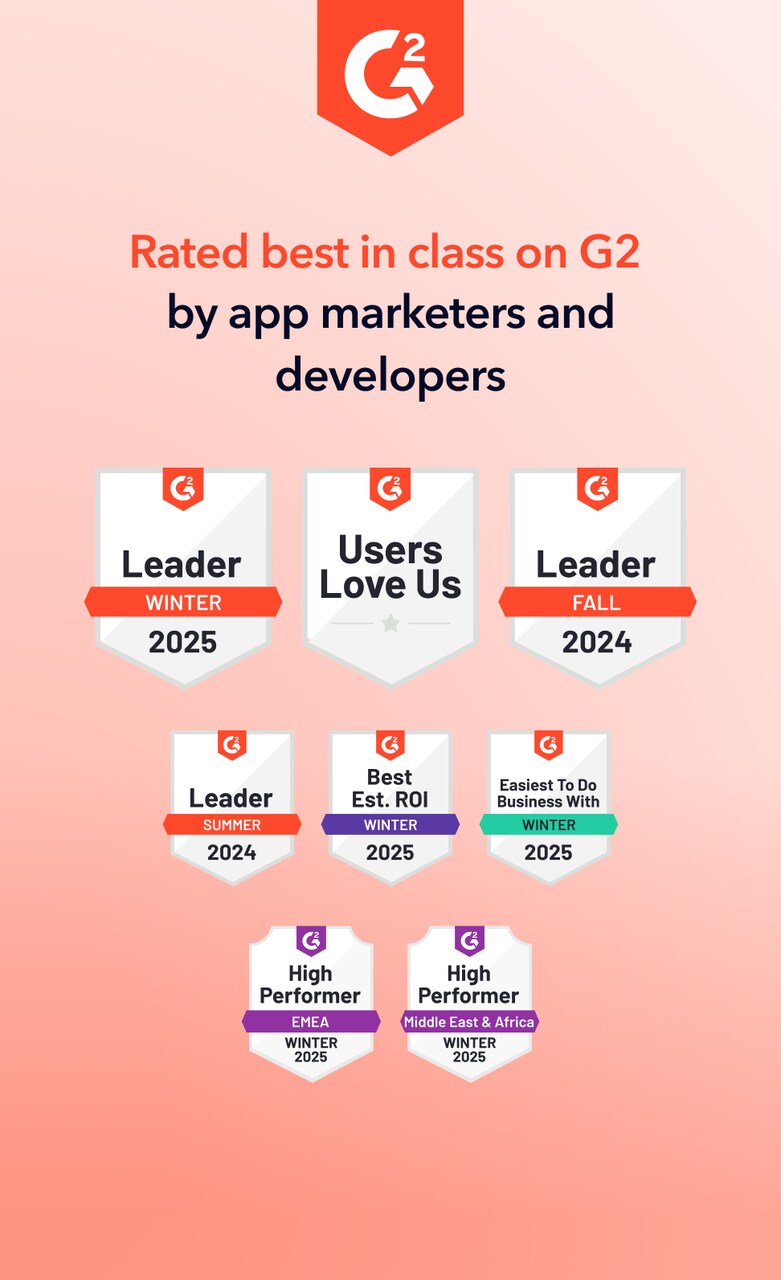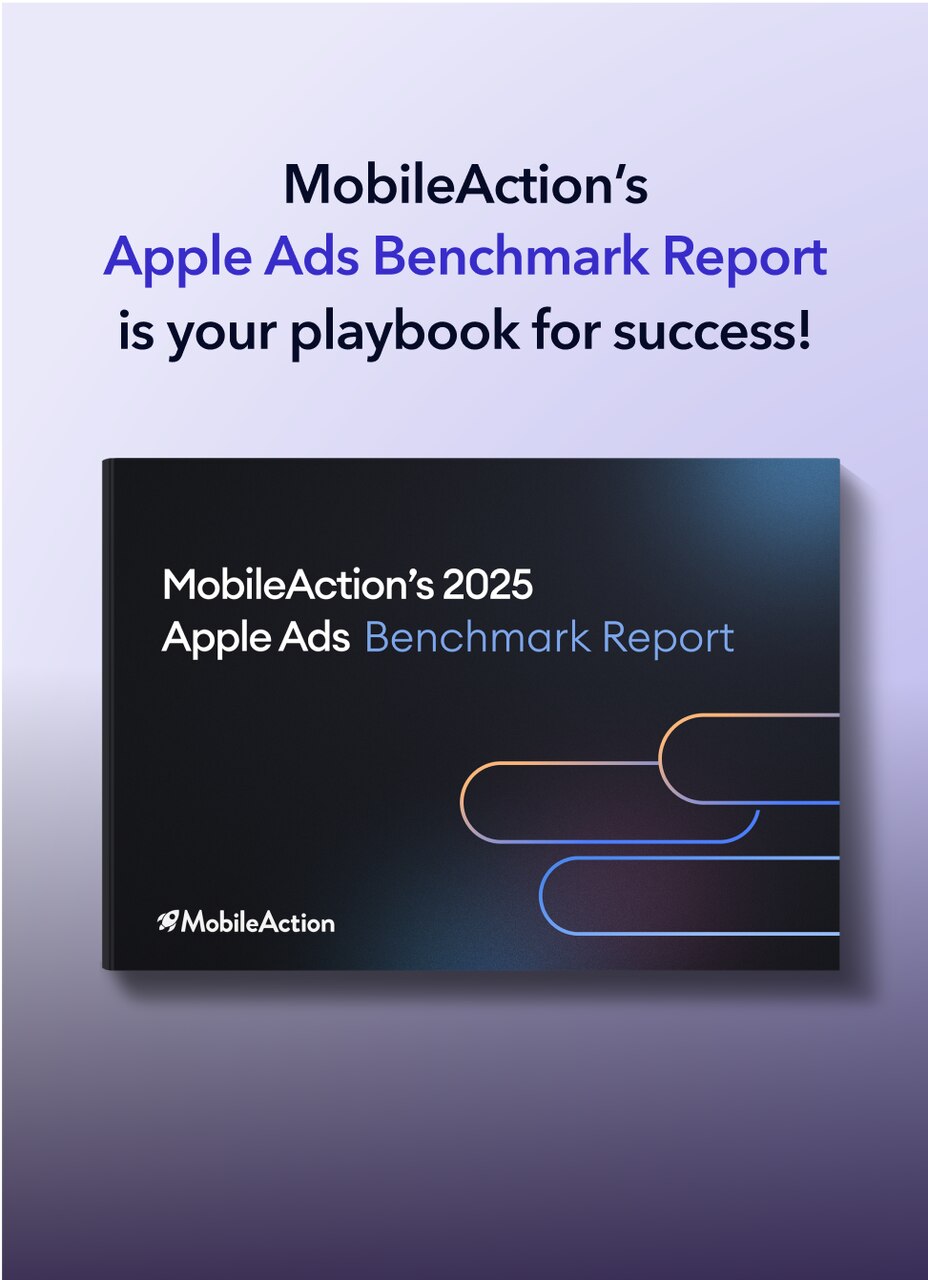Annual overview: Total app updates across categories
Different app categories exhibit unique update patterns, reflecting their operational needs and market demands. Some categories require frequent updates to stay competitive, while others may have fewer updates but more substantial improvements. Here’s how the total update volume compares across key categories:
- Games: 78,900 updates, the highest among all categories, showing the necessity for frequent content refreshes, balancing patches, and live events.
- Shopping: 35,700 updates; a high volume of updates to support flash sales, personalized recommendations, and payment improvements.
- Social Networking: 28,400 updates driven by UI/UX refinements, privacy improvements, and engagement features.
- Medical: 19,200 updates, more stability-driven updates focusing on compliance, security, and telehealth innovations.
- Navigation: 15,800 updates, primarily focused on map accuracy, route optimization, and bug fixes.
- Weather: 12,900 updates, less frequent but essential for improving data accuracy and UI enhancements.
Key observations
- Gaming apps require the most updates. The high volume is due to the industry’s reliance on constant engagement mechanics like seasonal content, new game modes, and special in-game events. Frequent updates help maintain user retention and keep the experience fresh.
- Shopping apps see updates tied to consumer behavior. Many updates align with major sales periods (e.g., Black Friday, Cyber Monday) and introduce temporary features like holiday promotions, AI-based recommendations, and flash sales.
- Medical and Navigation apps have fewer updates but focus on stability. Rather than adding features, these apps prioritize accuracy, reliability, and compliance with health and safety regulations.
- Weather apps follow predictable update cycles. Their updates are mainly focused on data accuracy, UI readability, and widget integrations rather than frequent new feature additions.
Monthly breakdown: Seasonality and strategic timing of updates
The timing of app updates is just as important as the volume. Different categories follow specific seasonal patterns based on user behavior, major industry events, and annual trends.
Notable trends:
- Gaming apps peak in summer (July–August). With school breaks and increased player engagement, developers push major content updates, new seasonal events, and game expansions.
- Shopping apps spike in Q4 (October–December). Updates surge before Black Friday, Cyber Monday, and holiday shopping, ensuring platforms are optimized for high traffic and promotional campaigns.
- Navigation apps increase updates before summer travel. Updates rise in May and June, aligning with vacation planning and ensuring route accuracy.
- Medical apps maintain a steady update cycle. Unlike other categories, medical apps see consistent updates throughout the year as they focus on regulatory compliance and gradual feature improvements.
- Weather apps have pre-season updates. A spike in updates occurs before winter and summer, improving forecasting accuracy and UI elements for high-impact weather events.
These patterns suggest that top-ranking apps don’t just update frequently; they update strategically to align with user demand and industry cycles.
Types of updates and their role in ASO
Updates aren’t just about quantity; the type of update significantly impacts ASO performance. Apps that push meaningful, high-impact updates tend to retain users better, increase engagement, and receive higher app store ratings.
Breakdown of update types across categories:
- Feature updates: The highest in Games, Shopping, and Social Networking. These updates introduce new functionalities, drive engagement, and create fresh marketing opportunities.
- Bug fixes: Most common in Medical, Navigation, and Weather apps, where reliability and accuracy are critical for user trust.
- Performance enhancements: Prominent in Medical, Music, and Navigation apps, focusing on speed, battery efficiency, and backend optimizations.
- UI/UX refinements: Frequent in Social Networking, Music, and Shopping apps, improving user experience and increasing retention rates.
Why this matters for ASO:
- Feature-driven updates fuel engagement. Categories that rely on continuous user interaction (e.g., games, social media, and shopping apps) need regular feature rollouts to keep users engaged and prevent churn.
- Performance improvements build trust. In categories like medical and navigation, where precision and stability are crucial, reliability-focused updates drive higher retention rates.
- UI/UX refinements optimize conversion rates. Social networking and music apps frequently tweak their interfaces to boost accessibility, improve discoverability, and increase time spent in-app.





























